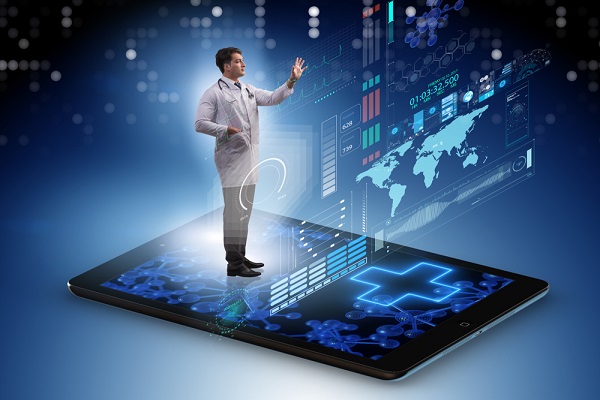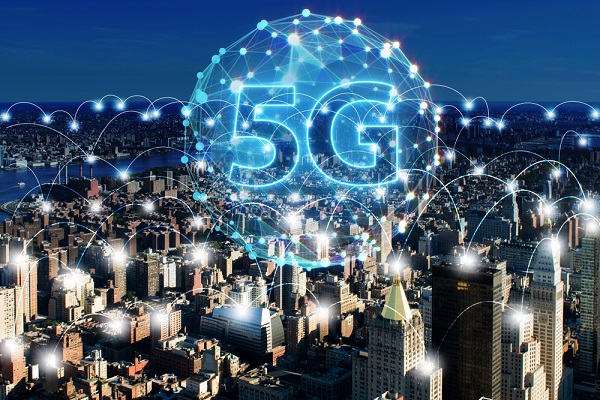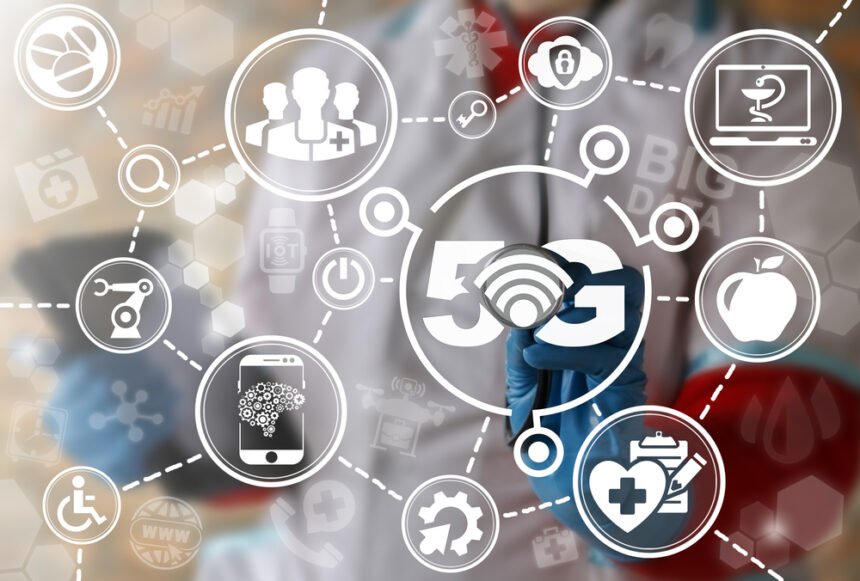5G is one of the most promising technologies and it is here to stay! 5G – along with its speed and reliability has paved the way for a revolution in the world of technology. This phenomenal breakthrough has brought about development in almost all departments and sectors. However, it has contributed greatly to the betterment of the healthcare industry.
Although several 5G networks have already been installed. It has been deduced that by the year 2020, 5G will reach most of the areas of the US. Similarly, in the UK, service providers have started surveys to predict the market for 5G networks. With the leading companies and organizations shifting towards 5G there is a high possibility that most of the companies follow the lead.
Advantages of 5G
It makes sense for 5G to have a big impact on the tech-based industry, but what would 5G mean for the healthcare industry? Let us find out how 5G can play a major role to develop the healthcare industry.
Remote Patient Diagnosis

Being ill means you have to take a trip to the doctor’s clinic and if it gets serious then the hospital. But, what if you are far away from medicinal facilities? What if you cannot travel either? This is where 5G plays its role. With the efficiency and speed that 5G brings with it, it has opened a whole new range of possibilities for remote diagnosis.
Patients can be treated for their diseases no matter where they are. Doctors can prescribe medicine over video calls and deliver the prescription to the patient’s doorstep. The elderly can now stay at the comfort of their homes while they undergo a remote session through video calls. Moreover, patients can be provided with the right treatment at the right time. 5G could be a real game-changer!
Transmission of Imaging Files

If you have been part of the healthcare industry. You would be aware that MRI and image files are huge, to begin with! Moreover, they are extremely important to carry out a diagnosis. This was a huge inconvenience when using older versions of internet connection. Due to low bandwidth, the transmission would take too long and sometimes wouldn’t even go through. 5G enables sending these files quickly and easily. 5G not only takes care of the speed but also ensures the quality of the images that are transmitted.
Sending these files through 5G would save time. Moreover, the time that saved would result in timely diagnosis, better treatments and a chance to take a second opinion. The earlier the treatment starts for the patient, the more chances of recovery.
Improvement in AR & VR
5G is predicted to considerably improve Augmented Reality (AR) and Virtual Reality (VR) in the healthcare sector. Moreover, 5G will further enhance the ability of the doctors to develop innovation and treatments that are less invasive. Among many other potential applications, it can play a critical role in complex medical scenarios that enables treatments for those who are critically ill.
This technology is also suitable for facilitating training sessions. Moreover, these low-risks training environments can allow trainees to establish skills that will allow them to become successful in real-time applications. Doctors, nurses and medical staff will now have the capability to visualize the procedures taking place. This paves the path for better learning opportunities and improved medical education.
The improved data transfer rates will improve the usage of virtual technologies by students, patients, and clinicians. There is also the potential to improve VR sickness which results from the mismatch of information that is supplied to the eyes and the sensations. This will eventually reduce the lag or the delay which results in translating the real-world movements into the virtual space.
Sensor Innovation
The innovation in the device technology will eventually lead to an increase in the number of medical gadgets that can be provided to patients for measuring and monitoring. These sensors are known to generate the data through sensors and can be used to transmit and analyze through different professionals in the field of healthcare and medicine.
It has been deduced that there will be an increase in the demand for medical sensors in the coming years. The latest technology in the sensor field is that it can fit in the palm of your hand and you can use it to measure your health at home. Several sensors integrated along with Bi-directional amplifiers can be useful to detect various health issues.
Implementation of AI
Artificial Intelligence (AI) has a massive potential to improve the way that patients are diagnosed. It is one of the best ways to plan out treatments and predict whether there are any complications once the operation has taken place. However, at the same time, there is a large amount of bandwidth required to implement AI. But the good news is that 5G can make it happen!
Downside of 5G
5G in the healthcare industry has several disadvantages as well. There are certain health risks involved along with an issue of poor range and an additional roll-out cost as discussed below.
Health Risks
There are several health risks associated with the use of 5G. Due to the high radio frequency, a recent study has linked this to carcinogenic activity inside a body. However, there is not enough evidence to support that 5G could harm humans.
Poor Range

One of the greatest drawbacks of 5G is that the range is not that good. Certain obstructions such as trees and buildings can result in a poor network connection. Due to this reason, telecom carriers need to deploy several cellular radios and antennas that are close to each other. The poor range could be an issue when reaching out to faraway areas.
Rollout Cost
There is an added maintenance cost that comes with 5G. This is especially a point of concern since the sophisticated medical equipment is already costing a huge sum of money. Even though strategies are being developed to save this cost, there is a need to explore options that would be cost-friendly.








